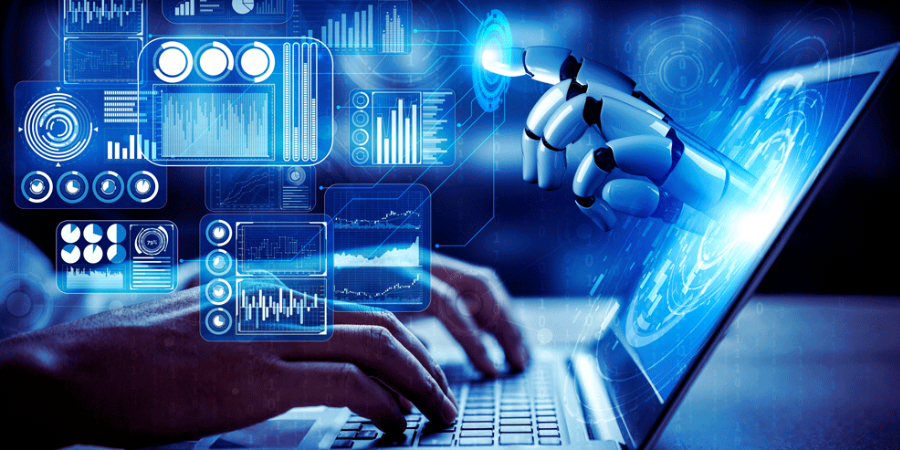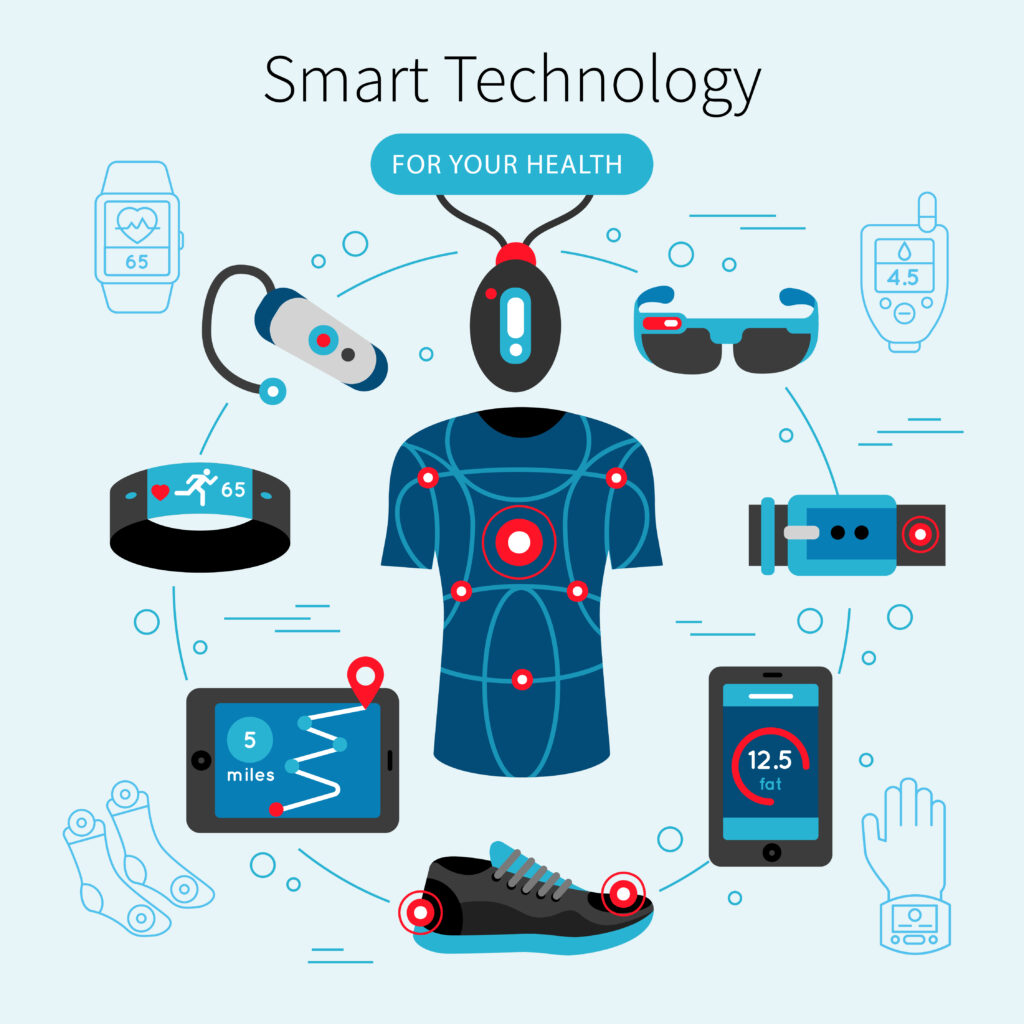Here’s a full blog post draft following your instructions:
In 2026, the digital landscape is evolving at a pace that affects nearly every part of our daily lives. From work to entertainment, communication to personal habits, technology is deeply integrated into how people live, learn, and connect. Understanding the current trends can help anyone—from tech enthusiasts to casual users—navigate this ever-changing environment.
One noticeable shift in 2026 is how lifestyle products are blending with digital technology to create interactive experiences. For example, products like Mint Fifty Bar demonstrate how even simple everyday items are now tied to online platforms, apps, or connected devices that enhance convenience and engagement. This integration highlights a broader trend where the digital world and physical products intersect in ways that were previously uncommon.
The Rise of Smart Devices
Smart devices continue to be a cornerstone of the 2026 digital experience. Homes, offices, and public spaces are now populated with interconnected gadgets that streamline daily tasks and provide real-time data. Key categories include:
- Smart Home Devices: From thermostats and lighting systems to security cameras, these devices automate routines and improve efficiency.
- Wearables: Fitness trackers, smartwatches, and health monitors are increasingly accurate, providing insights into sleep, activity, and heart health.
- Voice-Activated Assistants: Tools like smart speakers or AI-based virtual assistants help manage schedules, control devices, and provide instant information.
- Portable Tech: Laptops, tablets, and smartphones remain essential, with faster processing and integrated AI applications for both work and entertainment.
This proliferation of smart devices shows that in 2026, digital technology is no longer just about convenience; it is an integral part of decision-making, wellness, and productivity.
Digital Work and Remote Collaboration
Remote work has firmly established itself in 2026, and digital tools have adapted to meet new expectations. Cloud-based software, video conferencing platforms, and collaborative applications allow teams to operate efficiently across locations. Key aspects include:
- Virtual Offices: Companies are investing in platforms that simulate office environments digitally.
- Project Management Tools: Real-time task tracking and workflow management keep teams aligned.
- Data Security: With more remote activity, encryption and secure connections are crucial for protecting sensitive information.
- Integration of AI: AI tools assist in scheduling, document creation, and even predictive analytics for decision-making.
Even casual users benefit from these developments, with personal productivity apps and digital planning tools making it easier to organize life, work, and hobbies from anywhere.
Entertainment and Media in 2026
Digital content continues to dominate how people consume entertainment. Streaming services, gaming platforms, and interactive media are evolving rapidly. A growing trend is product-based collaborations, such as Milky Loops Fifty Bar, which connect physical items to digital experiences. For example, scanning a code or connecting a device may unlock exclusive content or experiences.
Other important trends include:
- Interactive Storytelling: Media that allows users to influence narratives in real time.
- Immersive Experiences: AR and VR technologies create environments that go beyond traditional screens.
- Social Integration: Platforms encourage sharing, collaboration, and community building around entertainment content.
The combination of digital technology and physical products is creating a more connected and engaging media ecosystem than ever before.
Education and Learning
By 2026, digital learning has expanded into almost every level of education. Schools, universities, and self-directed learners rely on digital tools to access information, collaborate, and evaluate performance. Key developments include:
- Virtual Classrooms: Online courses and live lectures make education accessible regardless of location.
- Adaptive Learning Platforms: AI-driven systems customize lessons based on individual progress and learning styles.
- Interactive Content: Gamification and multimedia materials enhance engagement and retention.
- Collaboration Tools: Students can work together on projects virtually, share resources, and receive instant feedback.
This shift highlights how digital technology is no longer optional—it is a central element in how knowledge is shared and acquired.
Digital Health and Wellness
Healthcare is increasingly integrated with digital systems in 2026. Wearable devices, apps, and telemedicine platforms offer users more control over their health and wellness. Important trends include:
- Remote Monitoring: Devices track vital signs, sleep patterns, and activity levels to provide actionable data.
- Telehealth Services: Virtual consultations with healthcare professionals are becoming standard.
- AI-Driven Insights: Algorithms help identify health risks, suggest interventions, and personalize care.
- Mental Health Tools: Apps focus on mindfulness, stress reduction, and cognitive training to support overall wellness.
Consumers now expect health technology to be accessible, user-friendly, and accurate, reflecting the broader digital integration into daily life.
Digital Culture and Community
Digital technology in 2026 is not just functional—it shapes culture, social behavior, and community interactions. People engage through online platforms, participate in digital events, and share experiences with peers globally.
- Social Platforms: Communities form around hobbies, professional interests, and lifestyle choices.
- Digital Collectibles: Products and experiences often come with digital versions, enhancing engagement.
- Online Events: Webinars, live streams, and virtual conventions are commonplace.
- Connected Products: Physical items like Kiberry Chew Fifty Bar are often linked to apps, social media, or gamified experiences.
This integration of digital culture ensures that technology is a tool for connection, creativity, and personal expression, not just utility.
Looking Ahead: Digital Trends to Watch
As 2026 progresses, digital technology will continue to evolve and shape daily life. Expect more seamless integration between physical and digital worlds, smarter AI applications, and innovative ways to connect, learn, and experience entertainment. Products that bridge these realms—whether lifestyle items, wearables, or interactive media—will define how people interact with technology.
In short, the digital world in 2026 is not only about devices and software but about creating experiences, connections, and opportunities that reflect the pace of modern life.



